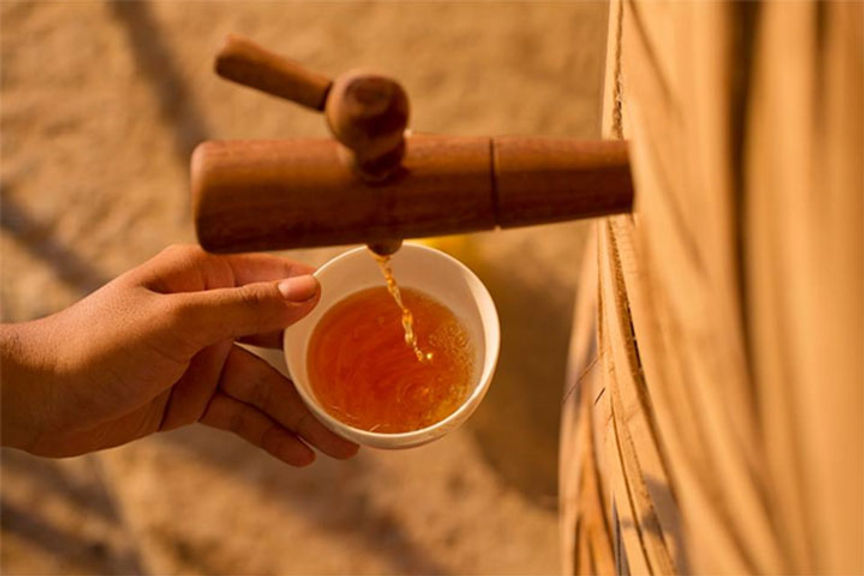Understanding the Traditional Vietnamese Fish Sauce Production Process
Traditional Vietnamese fish sauce, or nước mắm, is a crucial condiment in every Vietnamese household. To produce high-quality, pure fish sauce, it requires a meticulous production process from selecting ingredients to fermentation and finally to achieving the perfect finished product.

Why Choose Traditional Fish Sauce?
First, it is important to distinguish between traditional fish sauce and industrial fish sauce. Traditional fish sauce is created through a natural and clean production process, relying solely on fish and salt, whereas industrial fish sauce contains over 20 ingredients, including preservatives, flavor enhancers, and more.
Traditional fish sauce depends on the natural fermentation of fish, while industrial fish sauce often uses artificial flavoring. Here’s an in-depth look at the traditional production process.
Traditional Fish Sauce Production Process
Ingredients
- Fish: The primary ingredient is fresh anchovies, preferably caught in-season when the fish are mature and fatty, ensuring the highest protein content. Fresh, plump anchovies result in cleaner and more premium fish sauce.
- Salt: The salt used for fermenting fish must be pure, highly crystallized, and low in impurities. It is stored for 12 months before use to reduce harmful ions that can negatively affect the fish sauce.
Steps in the Production Process
-
1.Preparation of Ingredients
- Fresh anchovies are mixed with salt in the golden ratio of 3:1 (three tons of anchovies to one ton of salt). This ratio, maintained in traditional Vietnamese fish sauce villages for centuries, is considered ideal for producing the best fish sauce.
- The mixture is placed in wooden barrels reinforced with rattan ropes.
-
Fermentation
- A thick layer of salt is spread over the fish, which are then compressed without any preservatives added.
- The fish are fermented in these barrels for 12-15 months, after which the mixture is stirred again.
- oThe fermentation time can vary depending on factors like the type of fish, the weather, and the fermentation techniques.
-
Extraction
- After fermentation, the fish sauce is extracted and blended to ensure consistency.
- The fish sauce is then bottled and prepared for the market.
Packaging and Preservation
- The fish sauce must be bottled in a clean, sealed environment adhering to food safety regulations.
- Glass bottles are preferred for packaging as they maintain the quality and allow consumers to verify the sauce's appearance.
Advantages of Traditional Fish Sauce
- Natural Ingredients: Made purely from fish and salt, with no artificial additives.
- Authentic Flavor: Offers a rich, natural taste that cannot be replicated by industrial methods.
- High Nutritional Value: Rich in protein and other nutrients derived from fish.
Choosing the Best Traditional Fish Sauce
- Select Reputable Brands: Ensure quality and safety by choosing products from well-known brands.
- Read Labels Carefully: Check for ingredient lists and production details.
- Proper Storage: Store in a cool, dry place away from direct sunlight to maintain quality.
Conclusion
Traditional Vietnamese fish sauce is a testament to the country's culinary heritage, offering unparalleled flavor and quality. By understanding the meticulous production process, consumers can make informed choices and appreciate the rich history and craftsmanship behind every bottle of traditional fish sauce.